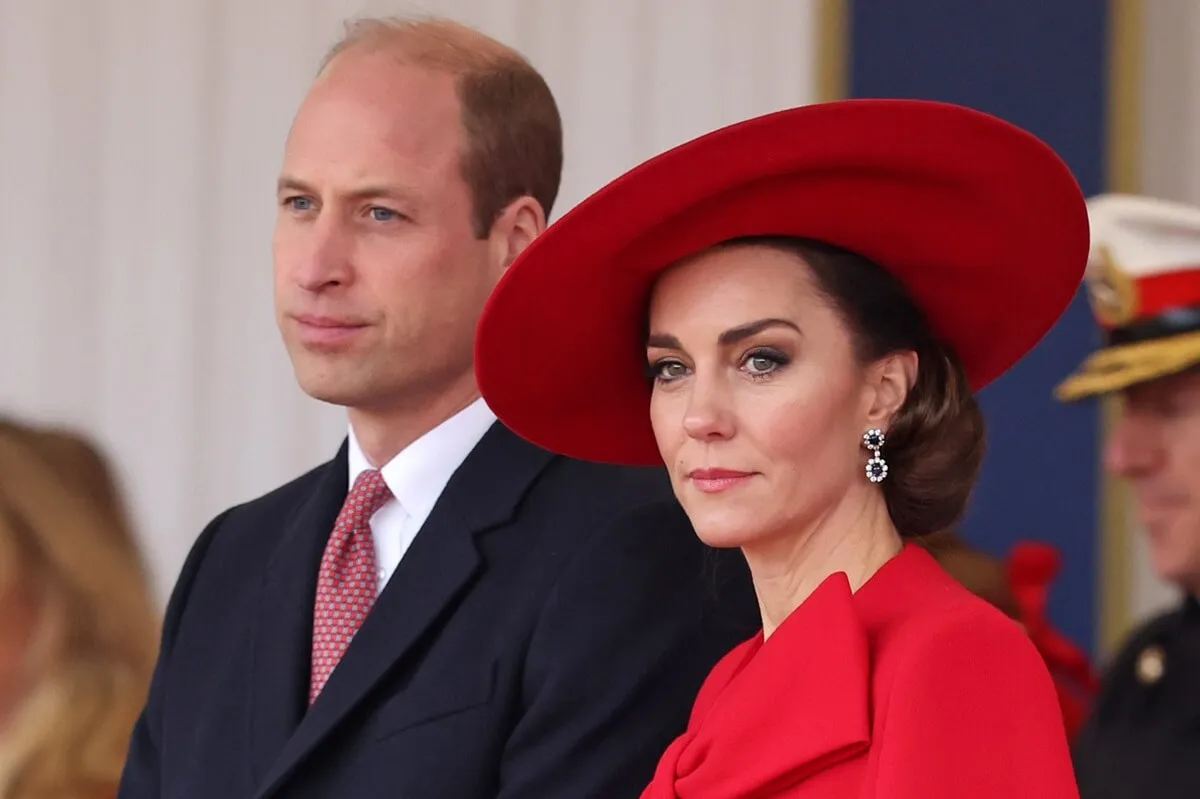Kate Middleton

Kate Middleton
Catherine, Duchess of Cornwall and Cambridge, formerly Kate Middleton, is a member of the British royal family. She is married to Prince William, Duke of Cornwall and Cambridge, and is the future queen consort.
Kate was born in Reading, Berkshire, England to Michael and Carole Middleton. She has a younger sister, Philippa ("Pippa") Middleton, and a younger brother, James Middleton.
Kate met William at the University of St. Andrews when they were both students. The two started as friends, dated, and eventually tied the knot. William proposed in Kenya with the engagement ring that belonged to his late mother, Princess Diana. The iconic ring has a 12-carat oval Ceylon sapphire surrounded by 14 solitaire diamonds.
Kate and William got married at Westminster Abbey in London on April 29, 2011. The couple has welcomed three children: Prince George (2013), Princess Charlotte (2015), Prince Louis (2018).
In 2024, Kate announced doctors diagnosed her with an undisclosed form of cancer following a scheduled abdominal surgery. The cancer was in remission by January 2025.
Visit the Duchess of Cornwall and Cambridge's website.
- Full Name: Catherine Elizabeth Middleton
- Born: Jan. 9, 1982
- Height: 5 feet 9 inches
- Royal Title: Catherine, Her Royal Highness the Duchess of Cornwall and Cambridge
- Spouse: Prince William
- Children: Prince George, Princess Charlotte, Prince Louis
Visit the Duchess of Cornwall and Cambridge's website.































